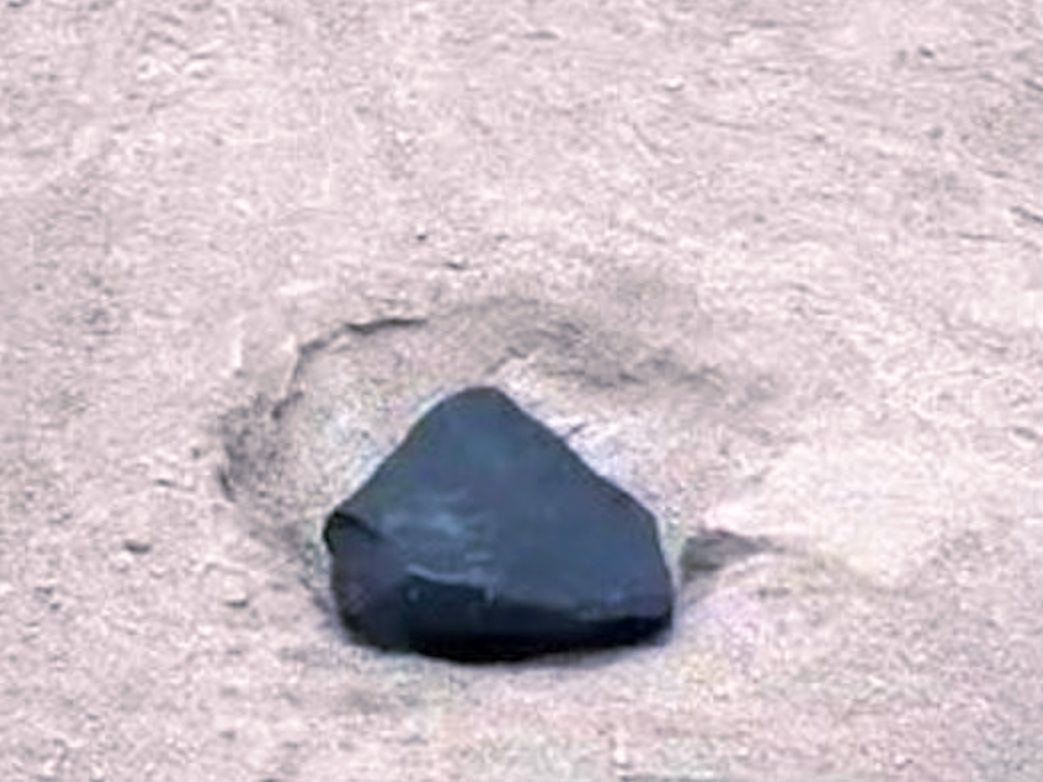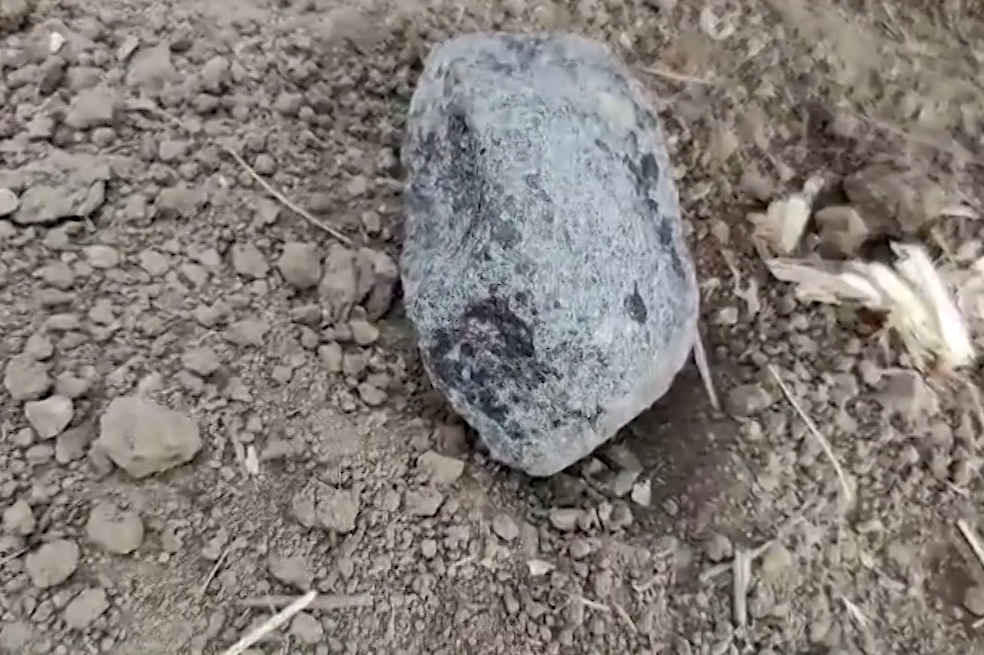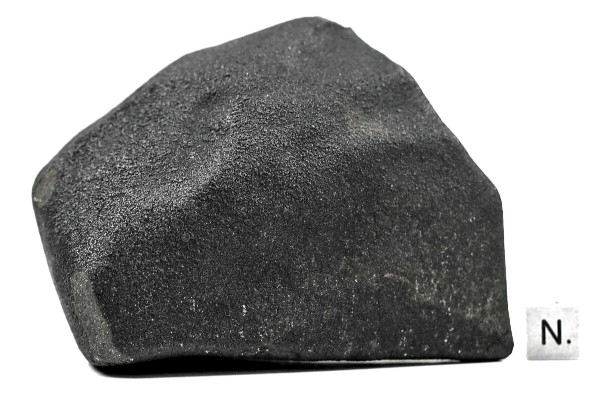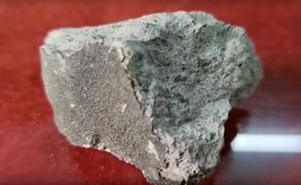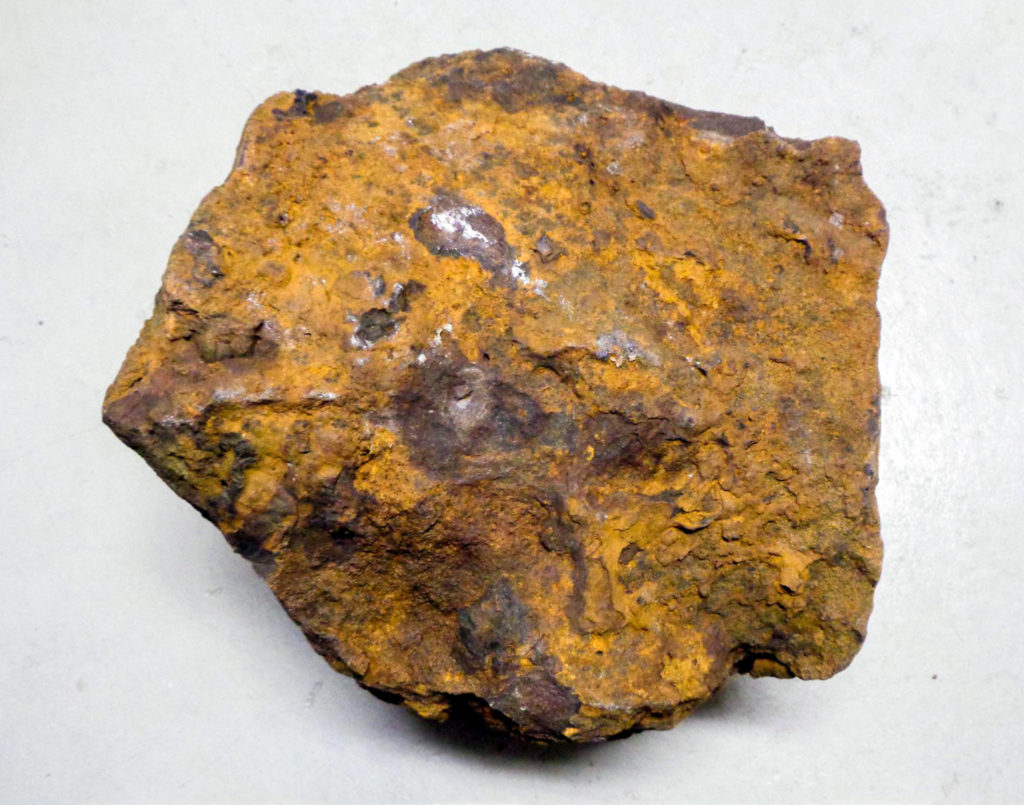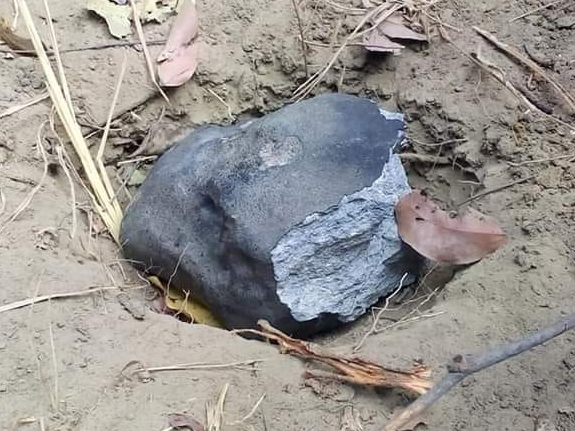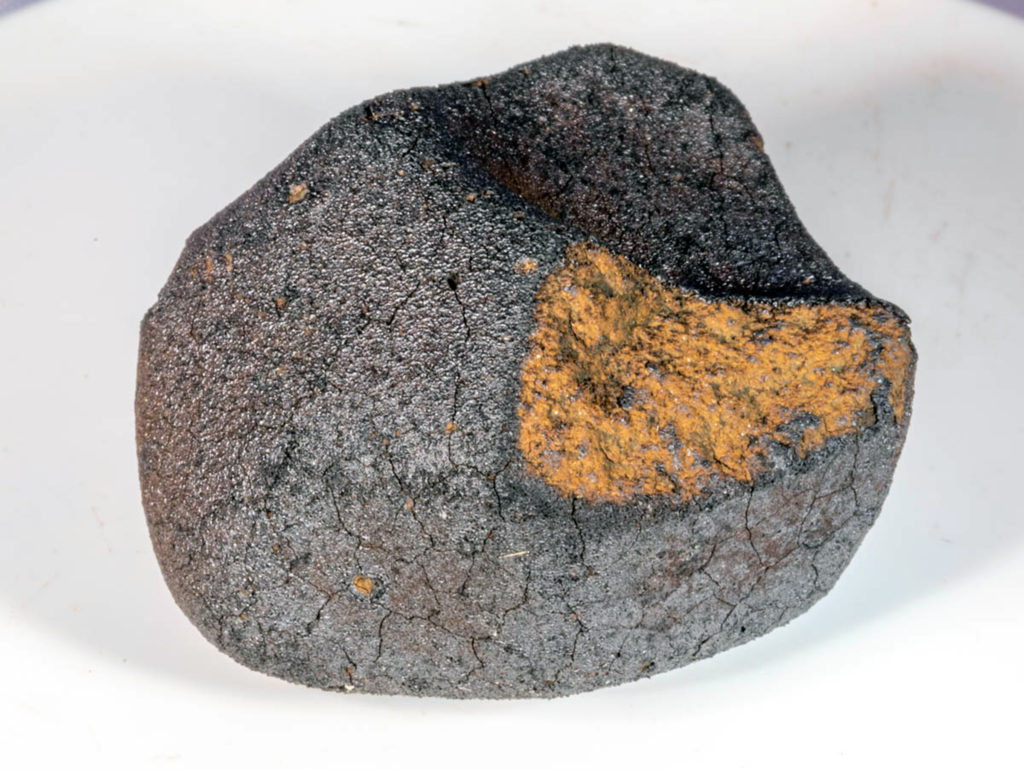Giulio F.D. Solferino, Gregor J. Golabek, Francis Nimmo, Max W. Schmidt
Geochimica et Cosmochimica Acta
In press, available online 18 April 2015
doi:10.1016/j.gca.2015.04.020
LINK
Despite their relatively simple mineralogical composition (olivine + Fe-Ni metal + FeS +/- pyroxene), the origin of pallasite meteorites remains debated. It has been suggested that catastrophic mixing of olivine fragments with Fe-(Ni)-S followed by various degrees of annealing could explain pallasites bearing solely or prevalently fragmented or rounded olivines. In order to verify this hypothesis, and to quantify the grain growth rate of olivine in a liquid metal matrix, we performed a series of annealing experiments on natural olivine plus synthetic Fe-S mixtures. The best explanation for the observed olivine grain size distributions (GSD) of the experiments are dominant Ostwald ripening for small grains followed by random grain boundary migration for larger grains. Our results indicate that olivine grain growth in molten Fe-S is significantly faster than in solid, sulphur-free metal. We used the experimentally determined grain growth law to model the coarsening of olivine surrounded by Fe-S melt in a 100 to 600 km radius planetesimal. In this model, an impact is responsible for the mixing of olivine and Fe-(Ni)-S. Numerical models suggest that annealing at depths of up to 50 km allow for (i) average grain sizes consistent with the observed rounded olivine in pallasites, (ii) a remnant magnetization of Fe-Ni olivine inclusions as measured in natural pallasites and (iii) for the metallographic cooling rates derived from Fe-Ni in pallasites. This conclusion is valid even if the impact occurs several millions of years after the differentiation of the target body was completed.

